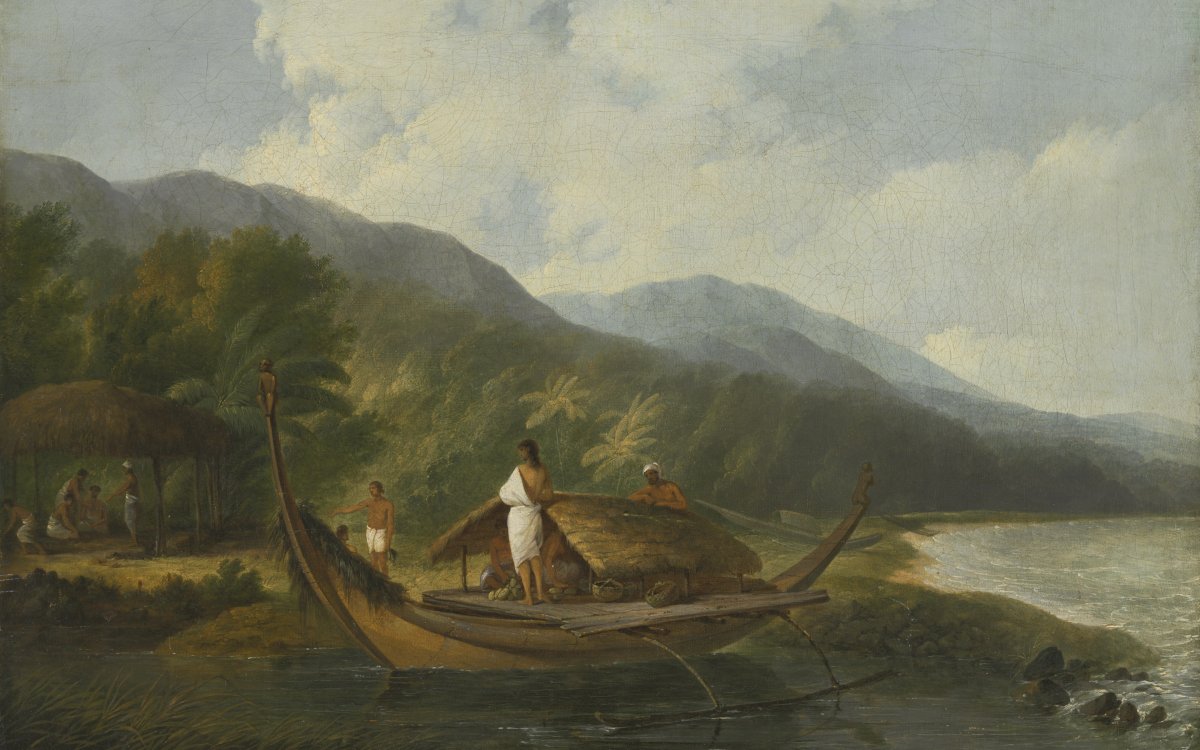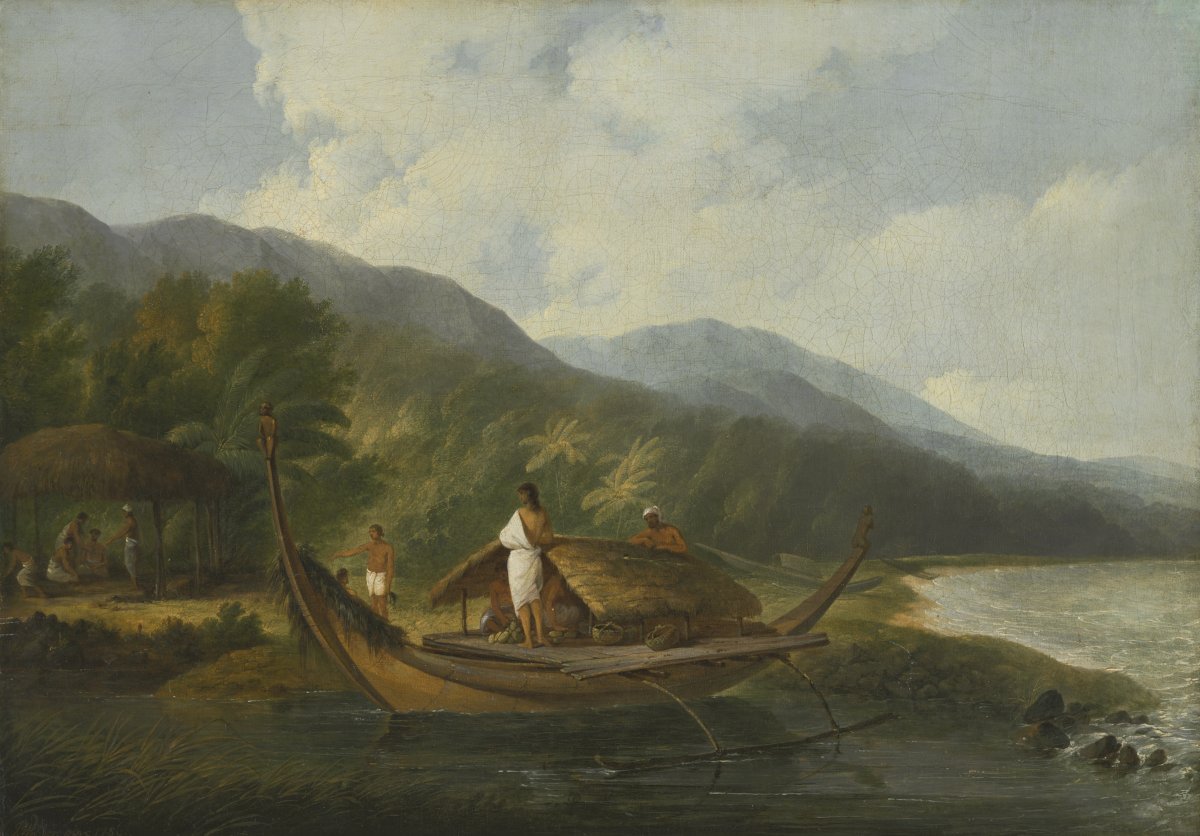These activities are designed so students can place the topic in context with language and information they already know before starting work on the Polynesian Expansion across the Pacific (c.700-1756) depth study. These activities can be adapted and used as starting points or inspiration for other questions or activities.

Webber, John, 1752-1793. (1786). View in Ulietea [picture] / J. Webber. http://nla.gov.au/nla.obj-134288729
• Polynesia is a region covering almost 30 million square kilometres. Within the “Polynesian Triangle” are thousands of islands inhabited by people of many faiths, cultures and histories. Have students research and identify the islands that make up the Polynesia region on a blank map template. These can be found online for free use in the classroom. This map can be referred to throughout the depth study.
• The word Polynesia comes from the Ancient Greek “Polys” (many) and “nēsos” (islands).
Ask students to consider why a region that has no known connection to Ancient Greece would be named using its language? Are there other instances of this around the world?
Ask students to think about or research other words they know or have seen with the prefix “poly”, what do these words mean or refer to? Are they compound words? What do the separate word parts mean? Some words to get them started:
Polygon, polytechnic, polyglot, polymer, polyphone, polygraph, polytheism, polysyllabic
• Polynesian societies have long histories with distinct, yet interconnected cultures and, like many ancient societies around the world, have their own legends and stories passed down through the generations. Many histories or traditional narratives include a creation story, telling how the world was born, or stories about the deeds and lives of deities. Have students research a Polynesian legend or traditional story and represent it creatively. This could be in any format - a comic strip, through illustration, or even a modern retelling.
